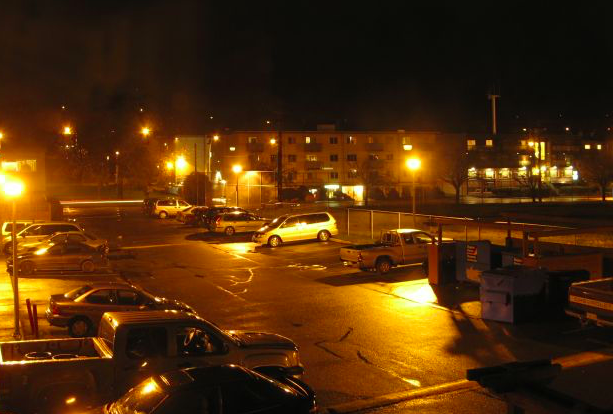Published on March 3, 2020

Aaron, who lives with his wife Silje and their two children in a parking lot outside of Seattle, begins his day in darkness, making a two-hour commute by scooter and bus to his job at the post office. “You do what you need to get through a given day. You get rest when you can,” he said. “You just keep going through the process of trying to get into better circumstances.”
Aaron’s family has called the Lake Washington United Methodist Church parking lot their home for the past nine months. They sleep in a minivan. Aaron makes $16 an hour, often too much money to qualify for public housing assistance.
Karina O’Malley, the director of the church’s Safe Parking Program, said the main reason people end up living in their cars “is because income does not match housing cost.” In King County alone, more than 2,100 people live in their vehicles. Seattle Mayor Jenny Durkan acknowledged that the city needs more affordable housing. Asked how to stop the cycle of homelessness, she said, “we are finding some of the smartest, best dollars we can spend is going upstream to stop people from becoming homeless in the first place.”
“There isn’t really a place for them in the shelter system, they’re moving into these vehicles long term and living there that way,” said Dr. Graham Pruss, a lecturer at the University of Washington Department of Anthropology,who has been studying vehicle residency for the past 10 years. Asked what is driving homelessness, Pruss said, “What I’ve seen and particularly with people living in vehicles is that often it’s labor market shifts.”
Continue reading at CBS News.
Originally written by Maria Elena Salinas and Angel Canales for CBS News.